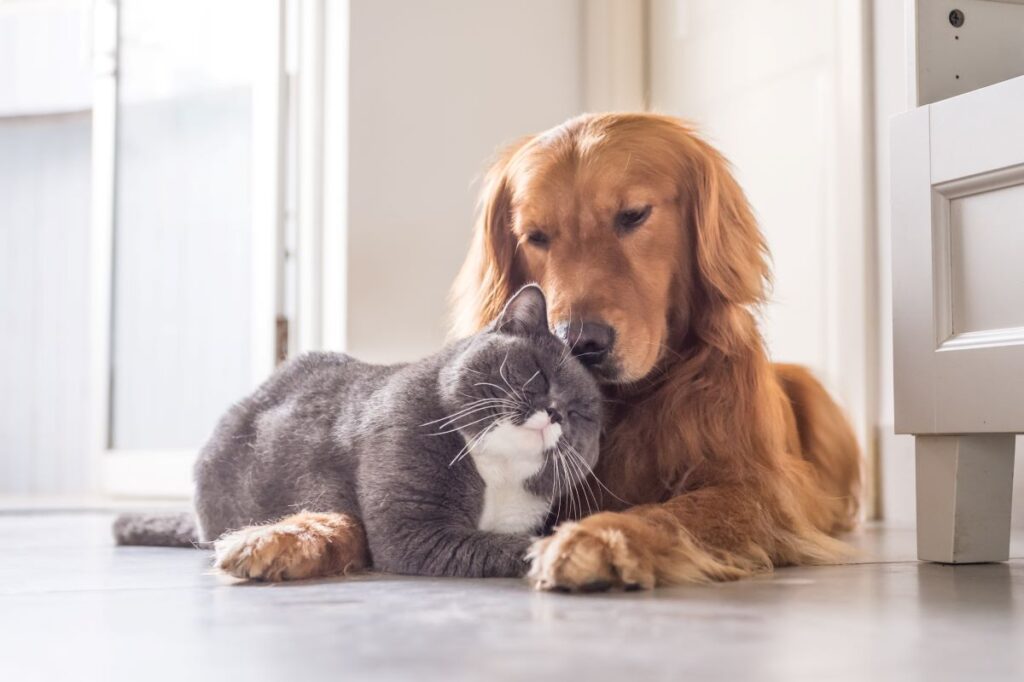Planning for your pet’s care after you’re gone is an important part of estate planning. A pet trust is one way to ensure your beloved companion receives proper care. However, mistakes in setting up the trust can lead to unintended consequences. Here are five common mistakes to avoid when leaving assets to your pet. In this article, we will discuss five common mistakes people make when leaving assets to their pets.

1. Leaving an Excessive Amount of Money
While stories of celebrities leaving millions to their pets make headlines, excessive bequests are often challenged in court by family members who feel unfairly excluded. Instead, leave a reasonable sum that covers your pet’s needs—such as food, vet care, and grooming—without inviting legal disputes. This can be done without a pet trust and you can leave a sum of money to a caretaker via a will or general trust.
2. Providing Vague or Unenforceable Instructions
Many pet owners tend to name a caretaker in their will or trust for the beloved furry family member. However, only a pet trust legally obligates the caretaker receiving funds to spend the money on your pet. Without a pet trust, we are using the honor system and a caretaker could legally spend the money however they want, with no obligation to care for the pet.
A pet trust can be used to:
- Help ensure funds are used solely for your pet’s care
- Designate a responsible trustee to oversee distributions
- Provide specific care instructions—such as dietary needs or vet visits—all of which are legally binding
3. Failing to Update Your Plan
If your pet passes away and you later adopt a new one, but forget to update your trust, the new pet might not be covered.
Regularly review and update your pet trust, especially when:
- You adopt a new pet
- Your pet’s caretaker can no longer serve
- Your financial situation changes
4. Not Having a Backup Caregiver
If your designated pet caretaker is unable or unwilling to take on the role, what happens to your pet?
Always name a backup caretaker in your pet trust. Without a contingency plan, your pet’s future could be uncertain, potentially ending up in a shelter.
5. Trying to DIY Your Pet Trust
Many people attempt to set up a pet trust using online forms, assuming it’s a simple process. However, estate laws vary by state, and generic forms may not be legally enforceable in your jurisdiction.
An experienced estate planning attorney can:
- Ensure your pet trust is legally valid
- Help you structure funds properly
- Provide customized solutions to fit your pet’s unique needs
Plan Ahead to Protect Your Pet’s Future
All of these mistakes are preventable with the right legal guidance. If you want peace of mind knowing your pet will be cared for, contact us today to discuss how to include your pet in your estate plan.

